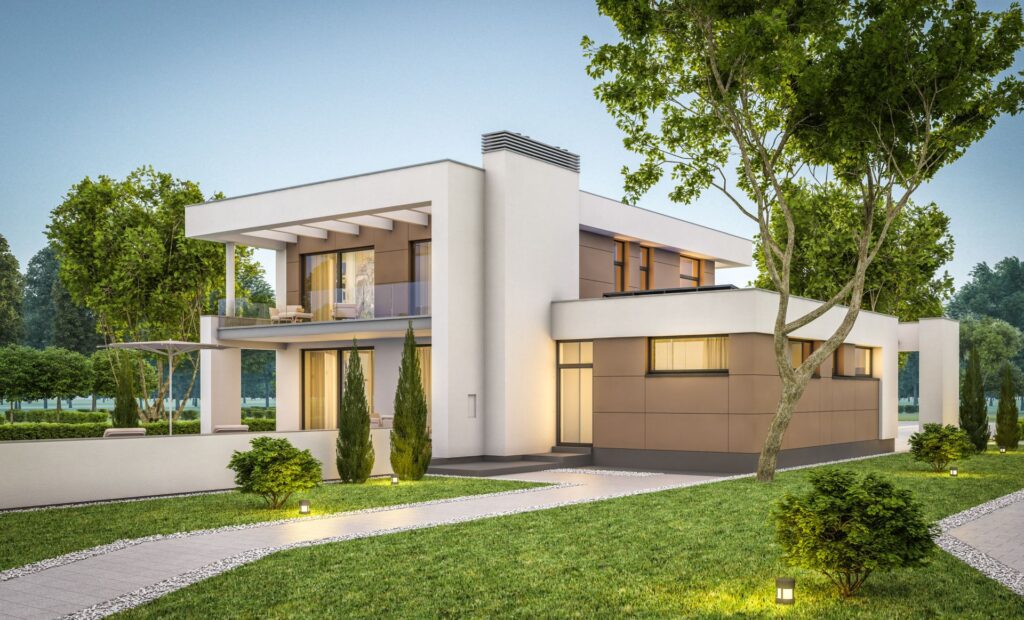

In the vibrant city of Brisbane, as well as the picturesque Gold Coast and Logan areas, architectural beauty often hinges on the quality of rendering and Venetian Plaster work. Rapid Rendering brings years of expertise in creating stunning facades. From our 20+ years of experience, we are happy to answer some of the most common questions, but we must stress that we do not recommend rendering as a one-off project by an unskilled handyman due to the multitude of issues that can arise from incorrect applications.
What Is the Best Way to Render a Wall
Rendering a wall to perfection requires both skill and the right approach. Rapid Rendering advises a meticulous process, including surface preparation, selecting the appropriate render mix, and ensuring proper curing. Techniques such as scratch and float finishes ensure longevity and aesthetics.
What Is the Best Material for Render
Choosing the best render material is pivotal for a lasting finish. Rapid Rendering specialises in selecting materials based on the surface type, location, and desired outcome. Acrylic render is a popular choice due to its versatility, flexibility and resistance to cracking. Our experts analyse each project to recommend the optimal material.
What Is the Difference Between Cement and Render Walls
Cement walls refer to walls constructed using cement blocks, while rendered walls are those where a layer of material is applied to the surface for improved aesthetics and protection. Whilst cement walls are usually structural, rendering offers weatherproofing and design benefits, transforming ordinary walls into stunning focal points.
Can You Use Normal Cement as Render
Using normal cement as render is discouraged. Render mix requires specific ratios of sand, cement and additives to ensure durability and flexibility. Normal cement lacks these properties and could result in cracking, compromising the integrity of the finish.
Is Render Stronger Than Plaster
Render is engineered for exterior applications and is more robust than interior plaster. It’s designed to withstand varying weather conditions, offering superior strength and durability. Plaster, while excellent for indoor surfaces, lacks the weather-resistant properties of render.
What Is the Best Thickness for Render
The ideal render thickness depends on factors like substrate type and design preference. Rapid Rendering emphasises their expertise in determining the appropriate thickness for each project. An optimal thickness ensures both aesthetics and longevity.
What Happens If Render Is Too Thick
Applying render that’s excessively thick can lead to cracking, inadequate curing and an uneven finish. Rapid Rendering employs their experience to ensure precise thickness, preventing these issues and guaranteeing a seamless, flawless outcome.
What Is the Longest Lasting Render
The longevity of render depends on various factors, including material quality, workmanship and maintenance. Rapid Rendering focuses on delivering renders that withstand the test of time, utilising top-quality materials and expert techniques.
In Conclusion, Trust the Experts
While the allure of DIY projects is undeniable, the nuances of rendering demand the skill and finesse of professionals like Rapid Rendering. Our attention to detail, material expertise and flawless execution ensure stunning results that stand up to the elements and the test of time.
For rendering and Venetian plaster projects that redefine aesthetics and durability, contact Rapid Rendering today. Let their expertise transform your vision into reality.
